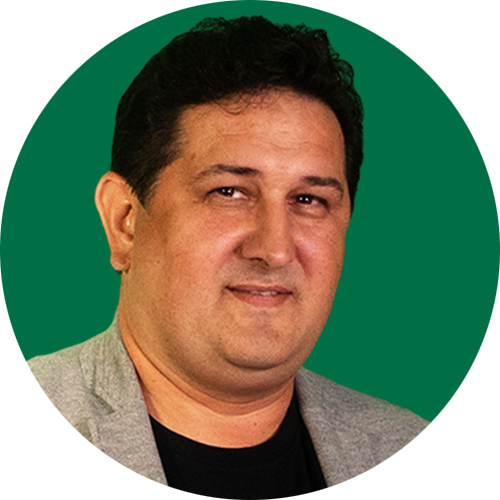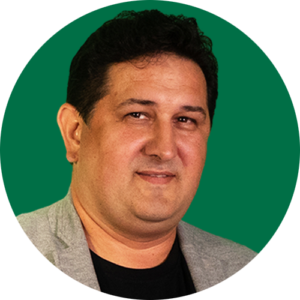Artistic resume

First artistic steps
Around the age of 11-12, a boy 2-3 years older than me drew a picture of Bruce Lee with a pencil and brought it to show us other kids in the street. At that time (in the second half of the 80s), there was no internet and no other forms of entertainment except live gaming and reading comics. That boy collected comics, he was probably an unconscious role model for me, so I also started reading and collecting comics. Seeing that picture he drew, I was so amazed that I immediately went home, looked for a book with Bruce Lee pictures, picked one and tried to draw it.
Read more...
To my delight and surprise, in a relatively short time I drew a far better picture than him, also in pencil.
The next day I picked up pen and paper again and drew something, and so it continued day after day for the whole summer. Reading comics, which were mostly action heroes like Zagor, I realized that it takes me a lot longer to read a comic than my peers, even though I didn’t read any worse than them. The reason was actually that I unconsciously observed the drawn drawings for a long time and absorbed them. I was interested in why some parts were drawn bigger and some smaller, why some parts of the drawing were darkened and some were bright. I started drawing characters from those comics, imitating how they were drawn. Already somewhere in the seventh grade, I started designing my own characters, making my own comics.
I had bad grades in art, mostly ones and twos. I think it speaks more about a bad system and a stubborn approach to students and the failure to recognize gifted children. Later in high school a girl asked me to draw her, she left me her photo. I took wood colors the same evening and made a color picture for the first time, and also a portrait. It turned out well, both she and I were satisfied. Since then I have been constantly drawing portraits from newspapers, magazines, whatever I liked.
I went to the chimney sweeper/self-painter class. By chance, due to the circumstances of the war, I went to the chimney sweep major against my will, that major didn’t have an art department, but the assistant painters did, so I asked their teacher if I could go to the art department with them. We (chimney sweepers) were idle at that time, so I was able to participate in the art exhibition.
That teacher already knew I was talented because she heard from other students, so she paid more attention to me. She wanted to gauge my talent level by giving me the task of drawing my own fist. She said that it is one of the simplest and most accurate tests of whether someone is really talented at drawing or not. I solved that task easily.
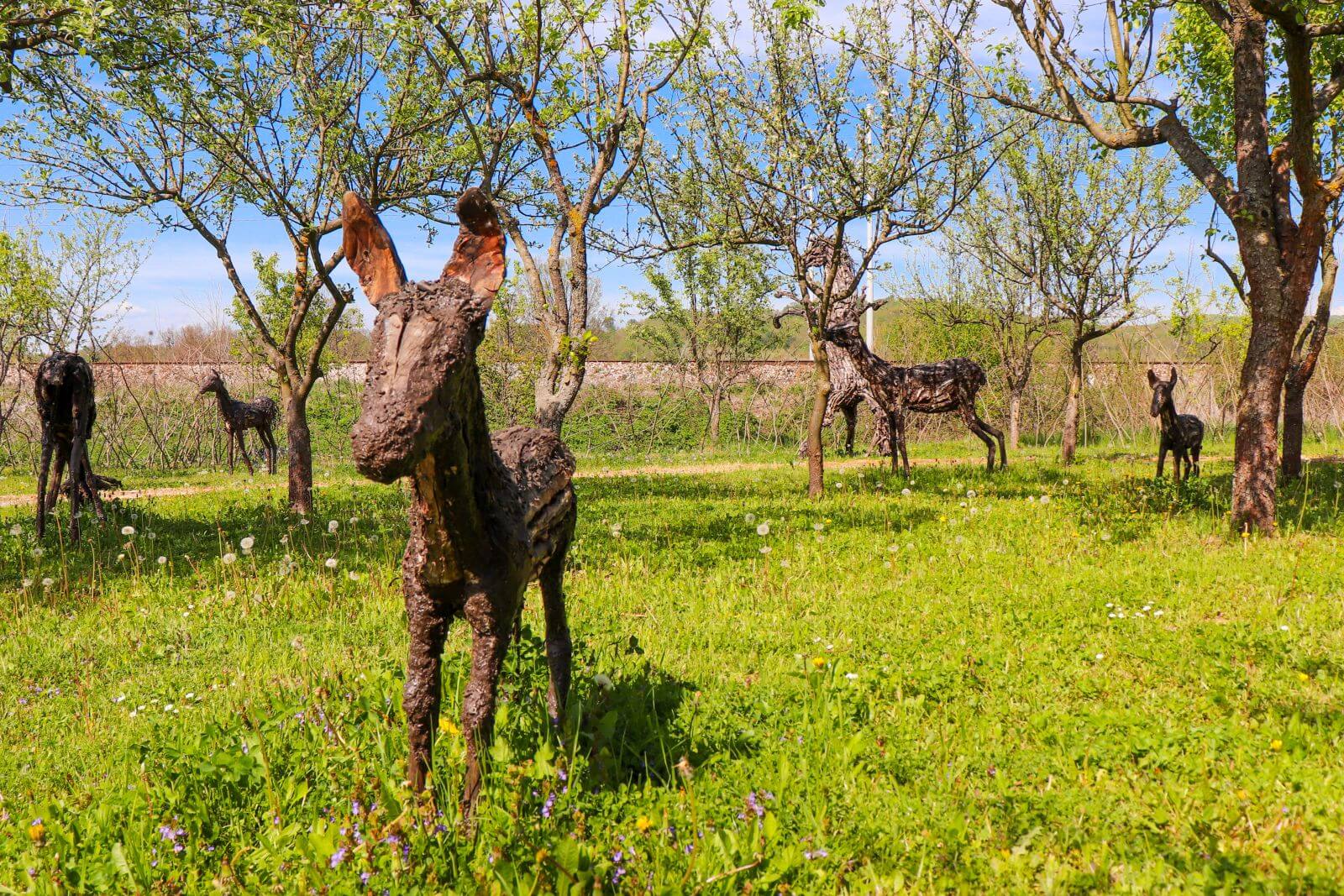
A youthful exploration of art
I was generally persistent and committed to drawing and learning, if a picture didn’t turn out well for me, I would draw it again, it turned out that as a rule, the second attempt was much better, and it happened several times that I went for a third attempt and that was the result even better. There was no internet then, and I wanted to learn facial expressions, how to draw a happy, sad, angry, disappointed expression and body posture. Later, I managed to buy some books in bookstores about achieving likeness in portraiture, painting techniques, various aids in achieving proportions, and the like.
Read more...
I used to shut myself away for 2-3 weeks and create pictures, I would only come out when it was time to eat or something very important.
Mom supported me in this, so I was freed from other tasks. She was glad that I draw beautifully, she bragged about it to neighbors and relatives, showed my pictures, and it was an additional incentive for me to continue.
One of my relatives knew a well-known painter from Slavonski Brod and asked him to accept me in his studio, to see what I was doing, to give me some instructions and the like. He usually painted landscapes with oil on canvas. He liked what I was doing, he said that it was obvious that I had both the gift and the will, but that serious painters do not work with wood paints.
Until then, I really tried to work with pencil, ink, charcoal sticks and wooden crayons. At school, I worked with water colors and temperas, but I didn’t really like it, I didn’t particularly like water colors, but then I could also do portraits with temperas. Basically, he showed me how to work with oil paints. He also told me a recipe for how substitutes for oil paints used to be made, something like mixing tempera, egg yolk, salt, oil. I tried it, I took a few pictures, I also did landscapes at his urging, but I didn’t feel good about it.
I didn’t like it and I wasn’t satisfied with what was painted, I also had an aversion to it because everyone does it, that is, the majority, and I wanted to be myself and look for my own direction. I don’t like landscapes because there is no “replica” with them, that is, there is no mistake no matter how it is drawn, so I believe that anyone can do it, especially if one learns various trick-techniques, what’s more, I consider it “alibi painting”.
I enrolled in the association of painters of Slavonski Brod – Berislavić. The president said that his wishes began to come true when someone young like me came who wanted to be a member of the society. Unfortunately, my membership didn’t last long, I went there to learn something and they just talked and didn’t take any pictures. In addition, the time came when it was necessary to collect some serious money for the publication of a book about the painters of the Brod area. Anyone who paid could enter the book. I was a relatively poor high school student at the time and I didn’t have that money, and even if I had, I doubt I would have paid to get into that book if that was the measure of who deserved it and who didn’t. I felt it as a kind of injustice, so I stopped being a member of that society.
One day, when I was already 18-19 years old, I went to a local gym to watch a local basketball game. Kids from the seventh or eighth grade saw me there, they knew that I draw well, and that day at school they were assigned to make a sculpture out of clay, so they gathered around me and asked me to model it for them. I don’t know how, but everyone had clay with them, so during that game I modeled for them what they had already imagined. Then I realized that 3D tasks were apparently also going well for me, because I did it with gusto and quite quickly.

Military years and unexpected opportunities
One day in the army they asked in front of all the soldiers: who can paint? My hand was raised by me and another boy. In fact, the commander expressed himself wrongly, he thought who knows how to operate a camera, but when I already came forward as a painter, they gave me one room, which I turned into a studio.
Read more...
I was assigned at the level of my company to take care of culture, that is, to make paintings for the walls of the corridors and the commander’s office. I was also given the task of illustrating a book about the Novogradiška Brigade, I was in the army in 1996, almost immediately after the end of the war, so the book was about war and war strategies, and I was supposed to draw soldiers in action. I did that for a few weeks, I never saw that book, but I know it was published.
In the army, I earned pocket money by drawing portraits of other soldiers’ girlfriends from photographs they would bring me, and once I even painted a portrait of an army dog for the commander.
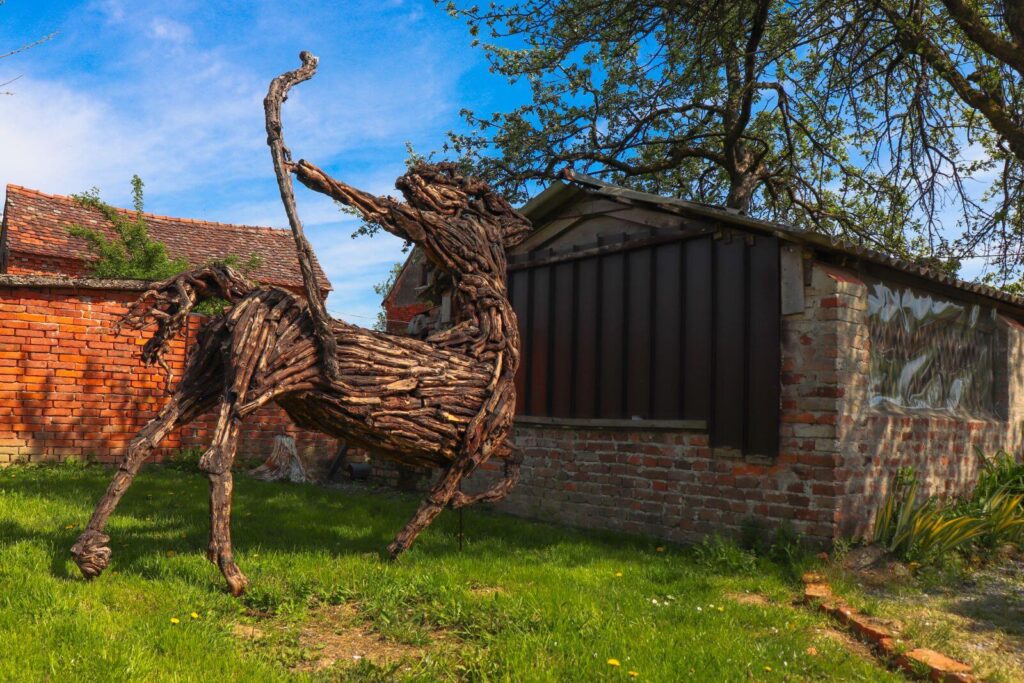
Getting to know yourself as an artist
After returning from the army, I didn’t really have time to draw and paint anymore, I had to work and only occasionally would I find time to paint. I bought myself acrylic paints and practiced working with them, I also did portraits and landscapes, I personally think that I never became as good at landscapes as I would have liked and that with me it was always seen and today it is seen that I do realistic things as they are. I’m not really an expert in making some spots on the picture that evoke some forest, lake, sky and the like.
Read more...
I met a painter in Županja who was a master with dry pastel, he once explained to me how to paint in that technique, I liked it. He also explained to me some other important technical details such as light, the type that you always have to know where exactly the light is coming from in that picture, so that I can then think about what is in the shadow and what is not and make it that way. I bought a kit and painted with dry pastel.
In general, from the first day I discovered that I had a gift, I never stopped buying pencils, paints, papers and everything else necessary for painting and it has remained so to this day.
I don’t remember who anymore, but someone also taught me that geometry is a very important part of drawing and that no matter if it is a freestyle painting where you don’t see clearly expressed geometric lines, the picture will not be good if geometric principles are not applied. Fortunately, I did very well in geometry at school, and I can spot a geometric type mistake just like symmetry-asymmetry in my own and other people’s works.
Regarding drawing faces, I myself developed a method for how a human face should be made, which should be the correct ratio of the distance between the eyes, mouth, chin, width, length and everything else, and then for each person that ratio is slightly adjusted according to their appearance.

Life challenges and artistic revival
In the following years, I did not draw, paint or sculpt. I had to do various jobs for the sake of existence, after working for several employers, at the age of 26 I opened a chimney sweeping business and employed several employees. A few years later, I opened d.o.o. company, but around the age of 32-33, I got fed up with the various problems that were appearing, I became disappointed in the system and people, and I gave up on private business.
Read more...
I made an agreement with some investors to find them a good location in Slavonia for the production of wood chips, pellets, hot water and I was supposed to take care of all the infrastructure for them in exchange for a director position. I did my part, but they didn’t honor their part and I lost my job.
So disappointed, I started to think what kind of work could be that would fulfill me, what is it that I like to do and what I know how to do, is there something that I am better at – more special than others, some talent and knowledge that I have, and others they don’t have. Of course, I found the answer in the idea of returning to my true love that makes me happy, art, regardless of how it will be reflected financially.
For some time, I helped various associations in their artistic endeavours, I mostly stayed in the Children of Mercy association in Zagreb, they made various sacred objects, they wanted to move on to making sacred art objects. I made sculpture models for them, which were later reproduced on a wood-copier, I also worked on the final processing of those sculptures. I also learned something from them about woodworking, and there I first encountered olive wood, which I immediately fell in love with.
While working in that association, I slowly prepared the foundation of my own association, I was aware that if I followed the path of my colleagues, that as a self-taught artist I would have exhibitions in cafes, restaurants and wire in some gallery to exhibit my works, that I would not get very far.

Founding of the Arteco Pavletić association and making sculptures from vines and olive vines
I decided on a path in which I would create conditions for myself to engage in artistic work, I founded an association called Arteco (Art-Eco) which was dedicated to the combination of art and ecology, and the intended target group was young and young talented people, especially those with fewer options.
Read more...
I founded the association with four brothers, we established a workshop, we designed a product program, produced various useful, sacred and artistic objects from olive wood and marketed them at sea during the tourist season.
I created original sculptures that the brothers then duplicated for sale, I was interested in asymmetry and movement, I wanted to incorporate differences in the left and right sides of all sculptures, regardless of size, and thus get a sculpture in motion. I think I succeeded quite well in that and many other artists and curators have described my sculptures as sculptures in motion.
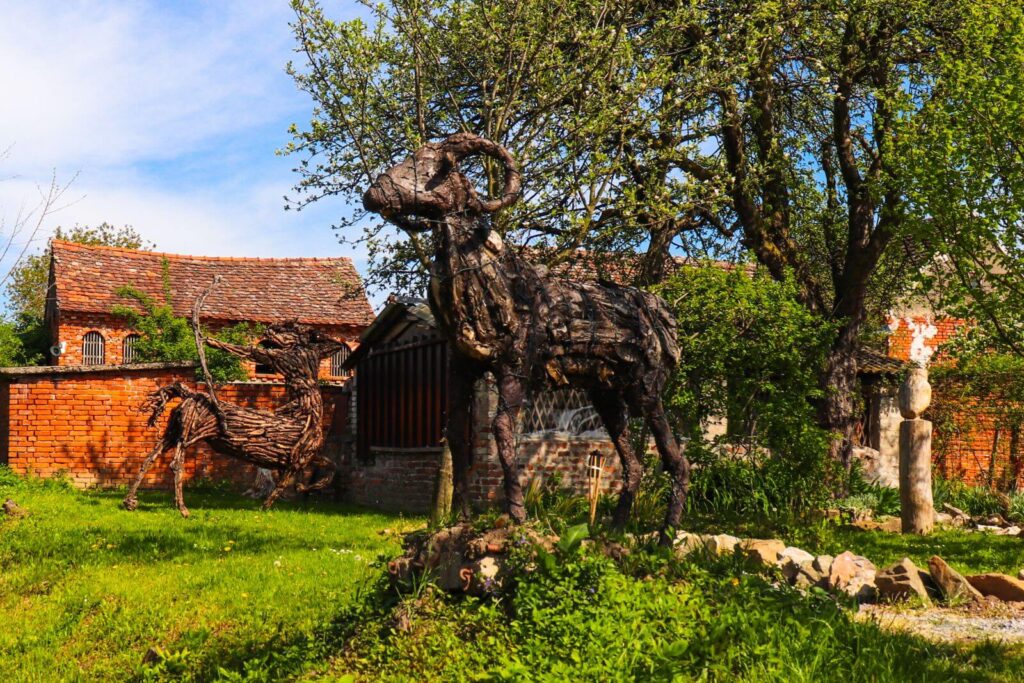
Breaking into the scene and numerous exhibitions
One day we got a bunch of old vines, we didn’t know what to do with them, but since I had already wanted to make a “driftwood” sculpture, and I didn’t have driftwood, we decided to try to make it from vines. It turned out to be a complete hit and something that brought us recognition, success, and opened all doors. We hadn’t even finished the first sculpture, and journalists from all over had already started arriving. With each new sculpture there was more and more media attention, from various television and radio stations to portals and very reputable newspapers and magazines.
Read more...
Since we certainly already went to the sea with a sales program, we decided to take the large sculptures with us and set up the “Sculpture Park” exhibition at a very attractive location on Krk, which was open throughout the tourist season. That sculpture park experienced great popularity, it was very visited, journalists, various artists, photographers from our and foreign countries came. The Croatian Tourist Board also joined in and started following us, that is, publishing information about our exhibitions in 4 languages on its website.
We have had several exhibition openings, which were mainly led by various curators, we were also invited to be a guest with the exhibition at various events of national significance, such as the Vinkovac autumns or, for example, the celebration of the 50th anniversary of Petrokemija in front of the state leadership with the prime minister and ministers. I also participated in joint exhibitions of a humanitarian nature.
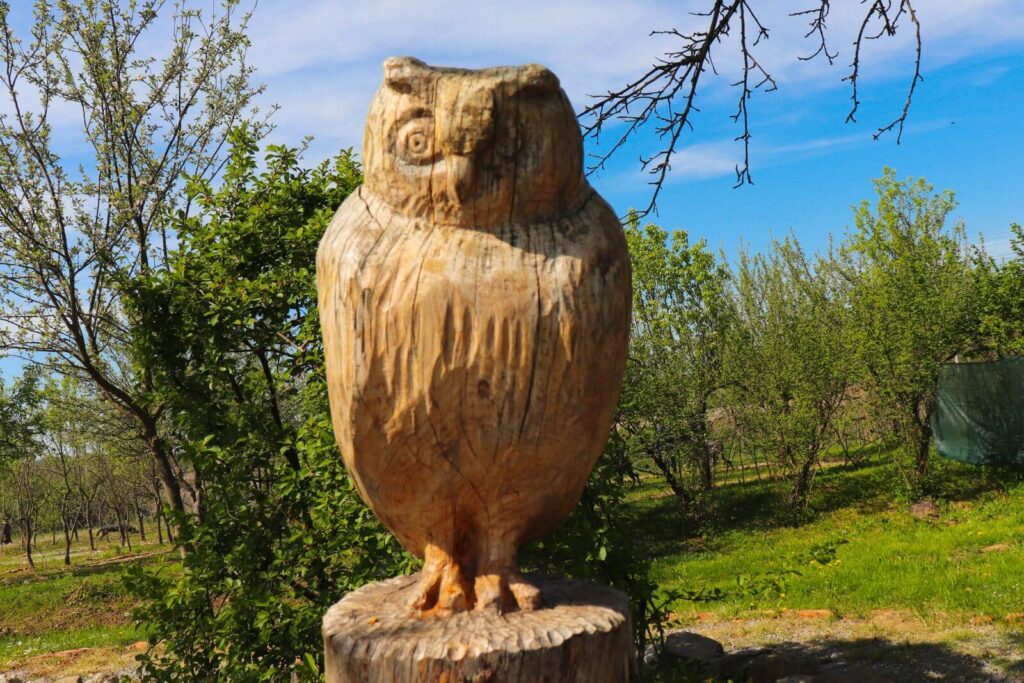
Establishment of the Pavletić Theme Park
After several years in Krk, we decided to establish a theme park in Slavonia, in a rural area (my village), which would be filled with our sculptures, but which would also be a place for the implementation of various events, educational activities, gatherings of young people, gatherings of international young people, development tourist offers based on art, especially land art.
Read more...
Also, the park was conceived as a place to implement social entrepreneurial activities based on sculptures and other things we do, a place that would be an example of good practice in sustainable development and finally a place that includes all marginalized groups, and the “tool” we would use for all of the above would was art in some of our art-eco style.
In addition to raspberry wood and vines, we also make sculptures from sawdust glued with wood glue, which are also completely ecological in nature, and with this mixture you can sculpt very similarly to clay.
Over the course of several years, that plan was implemented.

Further successes of the Arteco association
In the meantime, we implemented various projects, the association over time employed as many as 9 people, we became an example of good practice for many other associations or schools. Many schools come to us for educational workshops on making small or large art objects in an innovative ecological style.
We started getting international volunteers from the European Solidarity Corps and they helped us prepare festivals like land art festivals and similar ones based on eco-art.
Read more...
We carried out various projects, some from the Ministry of Youth, some from the Ministry of Education, also several times from the Ministry of Culture, that is, from the European Social Fund, through which we involved almost 500 young people and taught them various skills from reading books, dancing traditional dances, ballet, art photography, drawing, painting, sculpture, land art and the like. We recorded some of it and put it on our YouTube channel so that anyone can use it at any time, and we also recorded workshops on digital skills and added explanations in the language of the deaf, who are also our target group.
During all that time, I led several art colonies in which academic sculptors often participated. Many art or art history students came here for 40-50 days to have the opportunity to learn by working in the Theme Park. Many students wrote papers about us, unfortunately I have not seen any of those papers, but luckily I have seen (I have) several books that mention our work. Of these books, the most significant is certainly “Land art” Baranja, which is the result of the implementation of the Interreg project between Hungary and Croatia.
This year (when I speak in the plural I mean myself as the author and four of my brothers whom I trained to be my assistants) we experienced two great recognitions (morally speaking); the first was that the Ministry of Science presented us at a European meeting in Ireland on the subject of land art and sustainable development in schools as an example of good practice between a civil society association and a school from Croatia. The second was that a lecture on Land art and sustainable development was also organized for the Ministry of Science for art teachers from all schools in Brod-Posavina and Vukovar-Srijem counties, which I led as a lecturer in our Theme Park.

Personal victories and entrepreneurial transformation
Over time, I became Arteco, that is, Arteco became me, and that’s why when I write this about myself, I also write about Arteco because it cannot be separated. All these years I have not been working on raising my own name, but the name and recognition of the organization I created for the reason that it can generate money from funds and thus give many people the opportunity for personal development, and I personally would not be able to do that.
Read more...
Through work in the association and on projects, I myself had the opportunity to advance in other fields. In the meantime, I graduated from the Experta Business School in Zagreb, majoring in Project Manager of EU Funds, and at the Algebra Business School in Osijek, majoring in Bookkeeping. In addition, I went through a number of informal forms of education from various agencies, for which I received certificates.
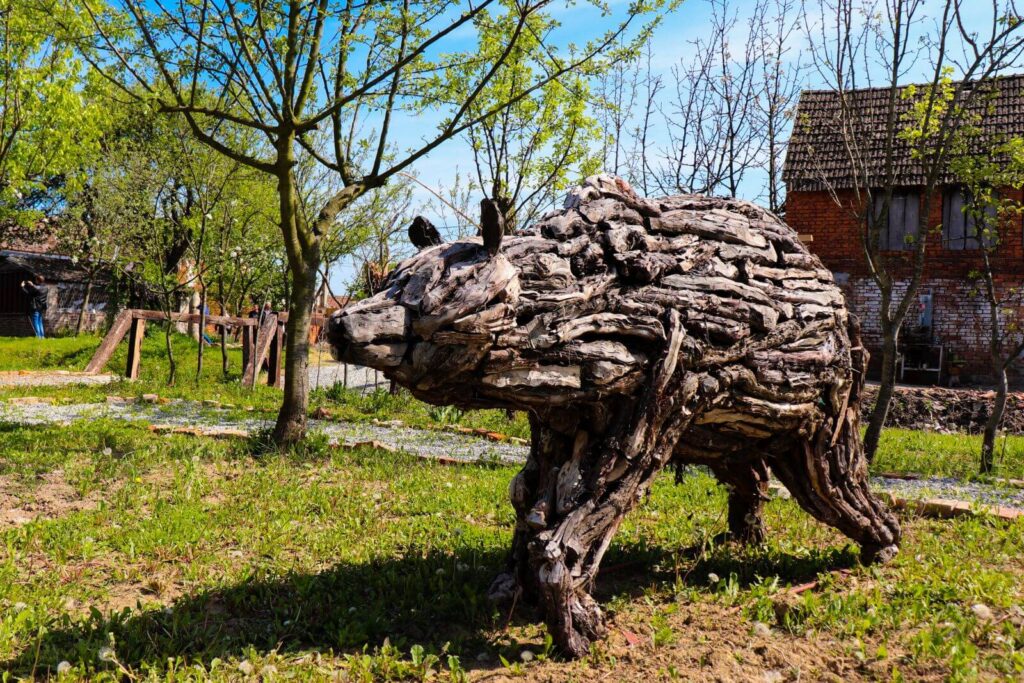
Seeing myself now and in the future
I consider myself a combination of artist-ecologist-innovator-entrepreneur and that’s why I don’t have that much time to dedicate myself to art. I’m aware that many other artists go much deeper into details and devote more time to perfection, but also many of them messed with the basics and got some static, stiff sculpture badly formed, not logically proportioned and so on, but with all the great details – however, what is the use of those details.
Read more...
In Croatia, for the last 10-15 years, there has been an “invasion” of bad sculptures that the public laughs at, especially Tuđman’s sculptures in every city or even larger village. Many of them were made by academic sculptors, even some famous sculptors, but when I look at it all, I wonder if an academy is really needed to do such ugly and low-quality things, that is, I ask myself if I should go to an academy or stay true to myself and what I taught myself. I would like to contribute to correcting such a situation.
I don’t consider myself a perfect artist, I still have a lot to learn, but I also think that with natural talent, study and practice, persistence in every situation, I managed to do a lot for myself and others, and that I strongly promoted a new style that is acceptable to many and to which I taught many throughout Europe.

